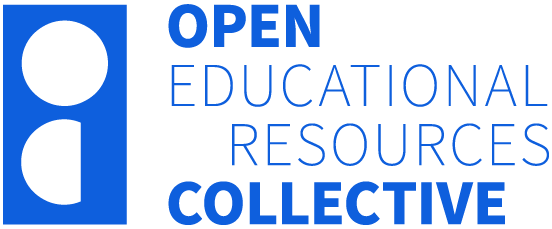1 Introduction to Disability
Learning Objectives
- To understand how disability is defined, and some terms associated with disability.
- To understand the medical model and social model of disability.
- To recognise the different categories disabilities can be grouped into.
Interactive Activity: What is Disability?
This activity gives you an introduction to some of the different disability categories which are discussed in more detail below.
Click on the hotspots to complete the activity (Deakin University, 2024b), or scroll down to read the content.
Copyright Note: Created by Rebecca Muir, © Deakin University 2024, licensed under CC BY-NC 4.0. The image was created by Rebecca Muir using Firefly.
What is disability?
Disability is a condition which affects a person’s body, brain, senses, or mind. Disabilities can be hidden or visible (Deakin University, 2024a).
Sometimes, people with disabilities use aids to assist them. These can be communication or mobility aids (Deakin University, 2024a).
Models of Disability:
The way that we talk about disability (our language) depends on our disability model. In Australia, two common disability models are the social model and medical model.
The medical model views disability as a defect within the individual. It looks at disability from a physical perspective and aims to ‘fix’ and individual by diminishing their disability. For people with a chronic disability, this approach can be harmful, as the model implies there will always be something ‘wrong’ with them. However, for someone with a broken arm, this approach can be exactly what is needed.
The social model believes that disability is caused by society being unwelcoming of people with an impairment or condition. The social model seeks to support disability by changing the environment around the person (eg. using ramps instead of stairs). The social model tends to consider the importance of building a culture that is as accessible for everyone as possible.
Both of these models have their place in our society. Neither is inherently ‘right’ or ‘wrong’.
This section has been informed by Deakin (2024b).
Disability groups:
Read through the following disabilities categories. Do any surprise you?
Physical:
- Difficulties breathing
- Seizures or fainting
- Constant or recurrent pain or fatigue
- Limited use of arms, fingers, feet, or legs
- Difficulty moving, or physical deformity
Psychosocial:
-
Emotional or psychological conditions, such as anxiety, depression or other mental illness
- Memory difficulties or confusion
- Social or behavioural challenges
Learning and understanding:
- Challenges with intellectual functioning, including ability to learn and understand, which can impact everyday life skills.
Sensory:
- Loss of sight or hearing
- Challenges when communicating verbally
Head injury, stroke, or acquired brain injury:
- Can include difficulties with cognitive functioning, physical and speech challenges, or emotional or behavioral changes that impact a person’s independence, quality of life, and social interactions.
Other:
- Difficulties completing daily activities due to a long-term condition, or due to treatment or medication for an injury or condition.
All disabilities have an impact on a person’s ability to function in their day-to-day life.
These disability groups draw from Deakin University (2024a) and the Australian Bureau of Statistics (ABS, 2024).
Key Takeaways
- Disability affects the entirety of a person’s functioning and is not always visible.
- There are two models that conceptualise our understanding of disability: the medical and the social model.
- There are different categories that disabilities can fall into; physical, psychosocial, intellectual, sensory, head injury, stroke, or acquired brain injury, or other.
These are some of the words you may have come across in this chapter:
Aids, Communication (aids), Disability, Hidden (disabilities), Medical model of disability, Mobility (aids), Social model of disability and Visible (disabilities)
Disabilities that are not easily seen by others, like mental health, neurodivergence, hearing loss, or brain injury.
Disabilities that are easily seen by others, like amputation; or are seen because of aids, like a wheelchair or an assistance animal.
Tools that help people with disabilities.
Tools that help people with speaking or writing, like text-to-speech.
Tools that help people to move around, like a walking stick or wheelchair.
A condition which affects a person’s body, brain, senses, or mind.
views disability as a defect within the individual
believes that disability is caused by society being unwelcoming of people with an impairment or condition.

